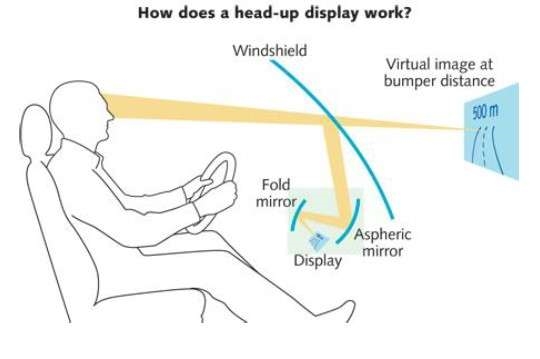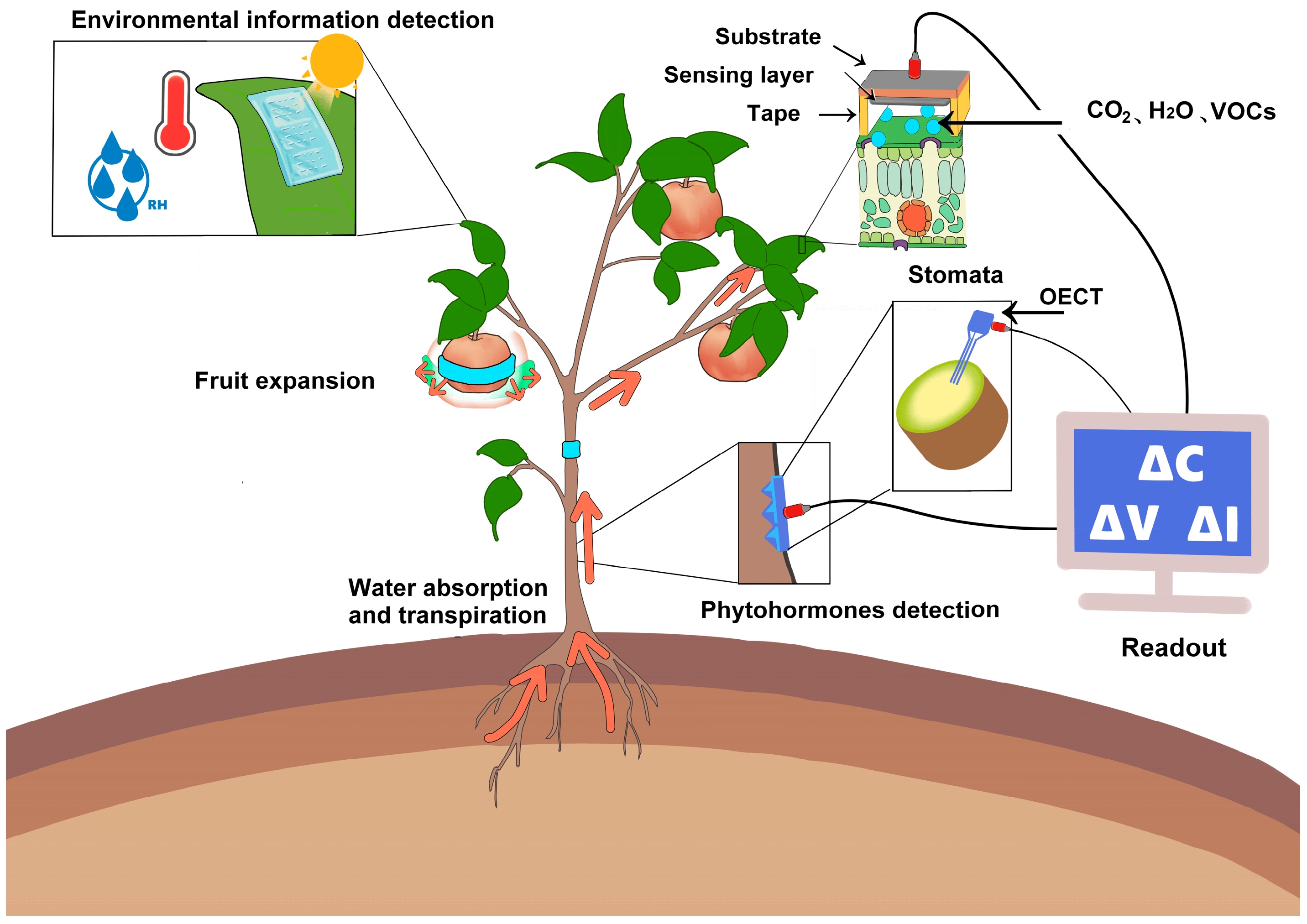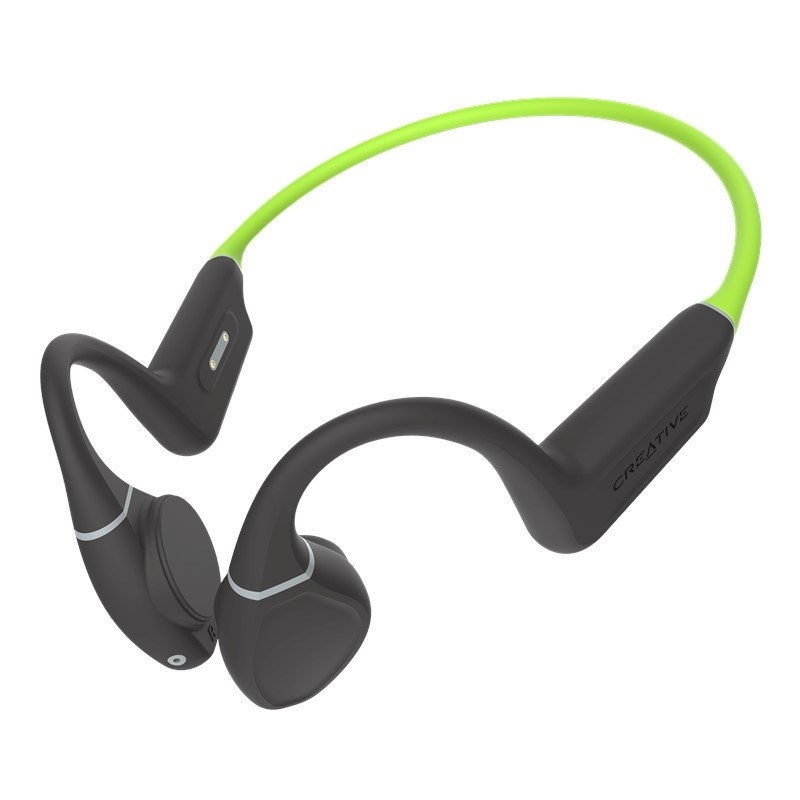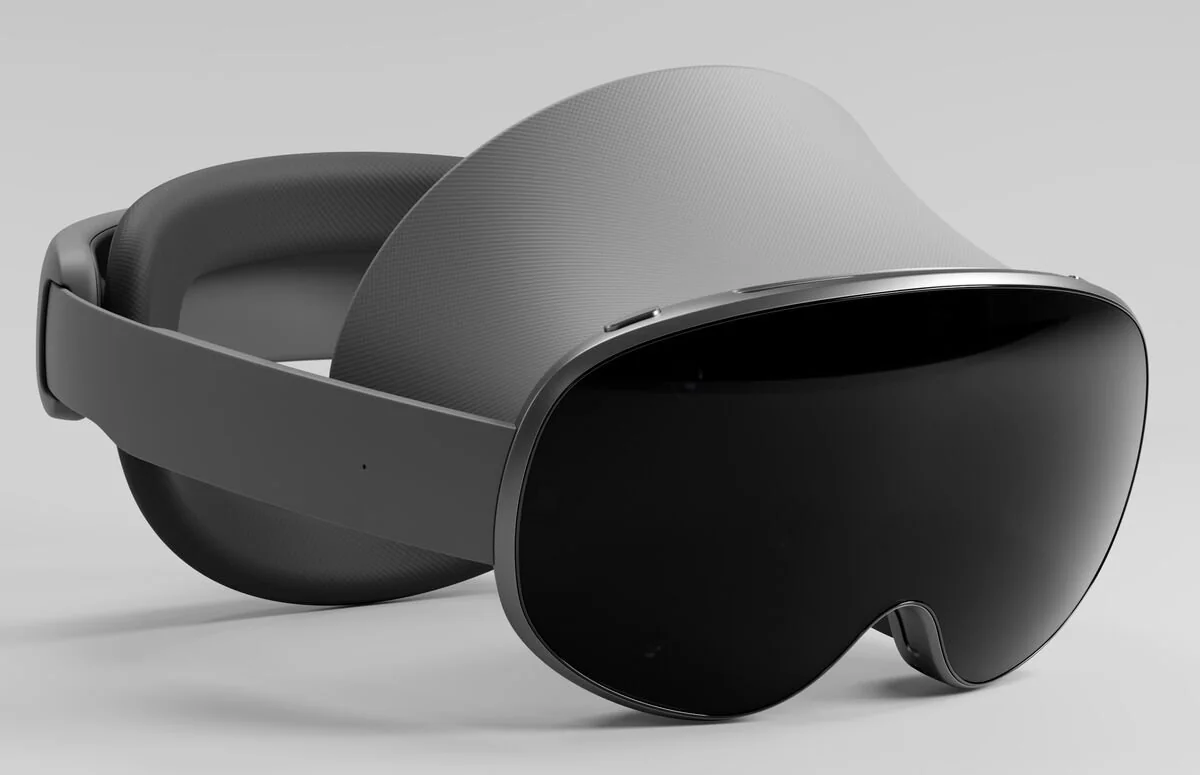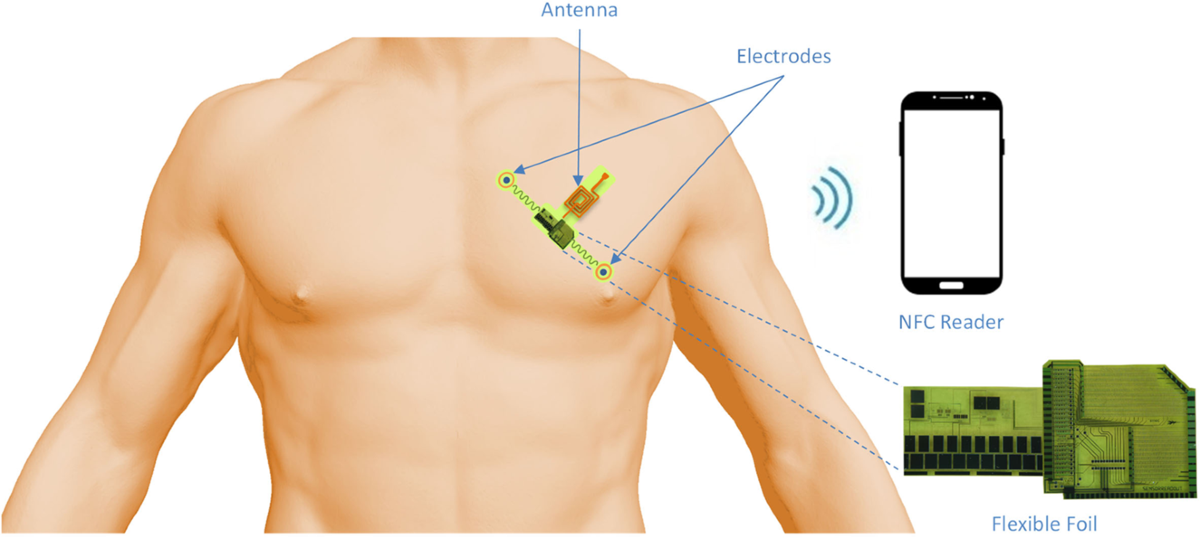Introduction
An ideal healthcare system should provide monitoring and treatment before disease onset. When a patient develops abnormal health conditions, the system should detect and address the issue. Currently, patients usually seek care only after noticeable symptoms appear and then receive passive monitoring and treatment by specialists. There is therefore a need for methods that enable patients to monitor their own health without expensive equipment or professional involvement, allowing earlier detection and timely management of disease.
Wearable biosensors and continuous monitoring
Advances in diagnostic techniques have expanded wearable biosensor technology, offering new solutions to existing clinical challenges. Wearable biosensors can directly contact sampled biofluids and provide continuous, real-time physiological information through dynamic, noninvasive measurements of biochemical markers, without causing discomfort to the wearer.
Recent wearable electronic devices can accurately measure vital signs such as heart rate, body temperature, and blood pressure, reflecting and monitoring user health. However, these biophysical parameters do not provide direct information on dynamic biochemical and metabolic processes. Biofluids such as sweat, tears, saliva, or interstitial fluid are receiving attention because they are easy to sample and have the potential to provide continuous, real-time molecular-level physiological information.
Why sweat is advantageous for wearable sensing
Compared with other biofluids, sweat contains abundant analytes that convey physiological information and often correlate with blood levels, making it advantageous for wearable sensing. Wearable sweat-monitoring platforms can collect and analyze sweat at the site of production to achieve autonomous, continuous, real-time sensing. In situ quantitative analysis of sweat is important for monitoring physiological status and diagnosing disease.
Sensor techniques and electrochemical methods
Since the first wearable sweat sensor proposed in 2013 for real-time analysis of sweat lactate, many studies have achieved monitoring of electrolytes, metabolites, drugs, and trace elements in sweat. Optical methods such as fluorescence sensing and colorimetry, as well as electrochemical sensing, have been applied to sweat analyte detection. Electrochemical sensing is a common and mature method for sweat analysis and widely used in wearable sensors, dominating clinical diagnostic applications due to its performance, portability, simplicity, and low cost.
Integration and system-level advances
Recent technical progress has driven maturation of wearable electrochemical sweat sensors. Fully integrated multiplexed sensing systems capable of detecting multiple analytes simultaneously have improved practicality and provided general wearable platforms for large-scale clinical and physiological studies.
Application of iontophoresis has enabled active sweat induction in sedentary scenarios, meeting requirements for disease diagnosis and health monitoring. Integration of microfluidic technologies has addressed many issues affecting data integrity and sweat collection while greatly improving sample transport, which enhances the temporal resolution and accuracy of sweat analyte measurements.
For wearable power systems, self-powered wearable sensors that integrate energy harvesting and storage devices support efficient, sustainable autonomous operation. These sensors will generate large volumes of time-series data that can be analyzed with big-data techniques, advancing personalized medicine and intelligent healthcare.
Scope of the review
The researchers first summarize the advantages of using wearable sensors to monitor sweat, describe the various analytes in sweat that reflect physiological information, and outline methods for sweat stimulation and collection.
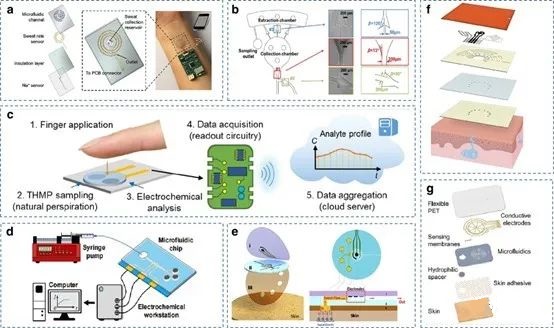
Microfluidic sweat sensor example
Device components and design considerations
The researchers then present components of wearable electrochemical sweat sensors. For sensing elements, appropriate sensing modes and electrochemical detection methods must be chosen for different analytes. For electronic components, in addition to signal processing and wireless data transmission, optimization of power supply methods is emphasized.
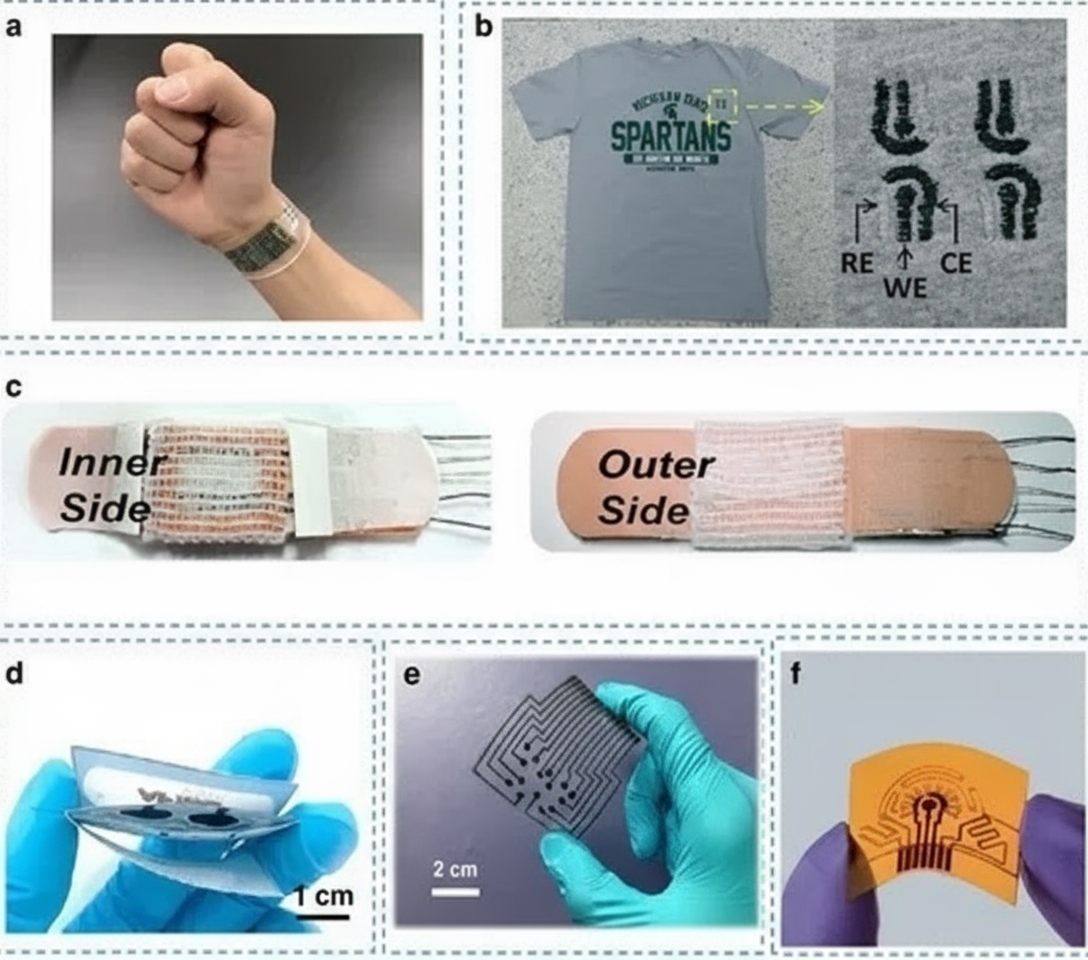
Examples of wearable sweat sensors made from different materials
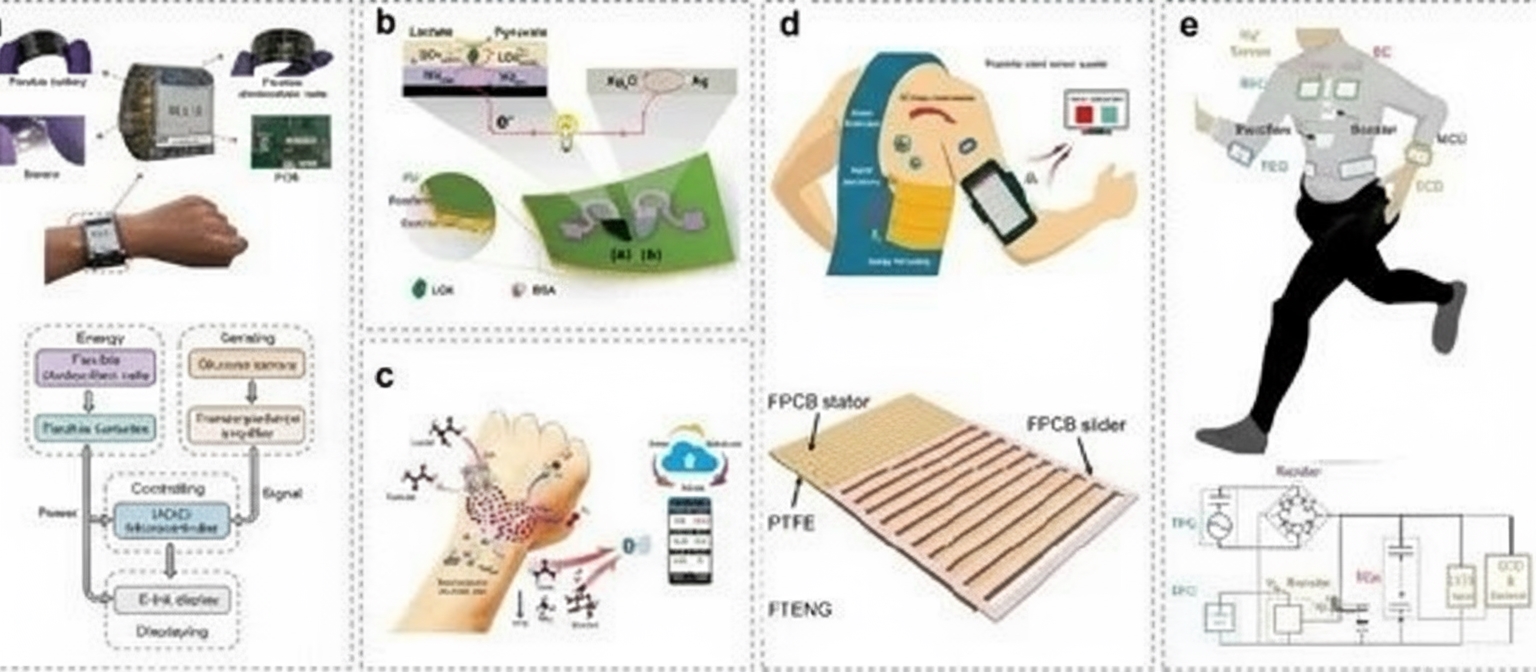
Self-powered sensor example
Representative sensor devices and historical developments
The researchers provide detailed descriptions of representative sensor devices that have been important in the development of wearable electrochemical sweat sensors for different analytes.
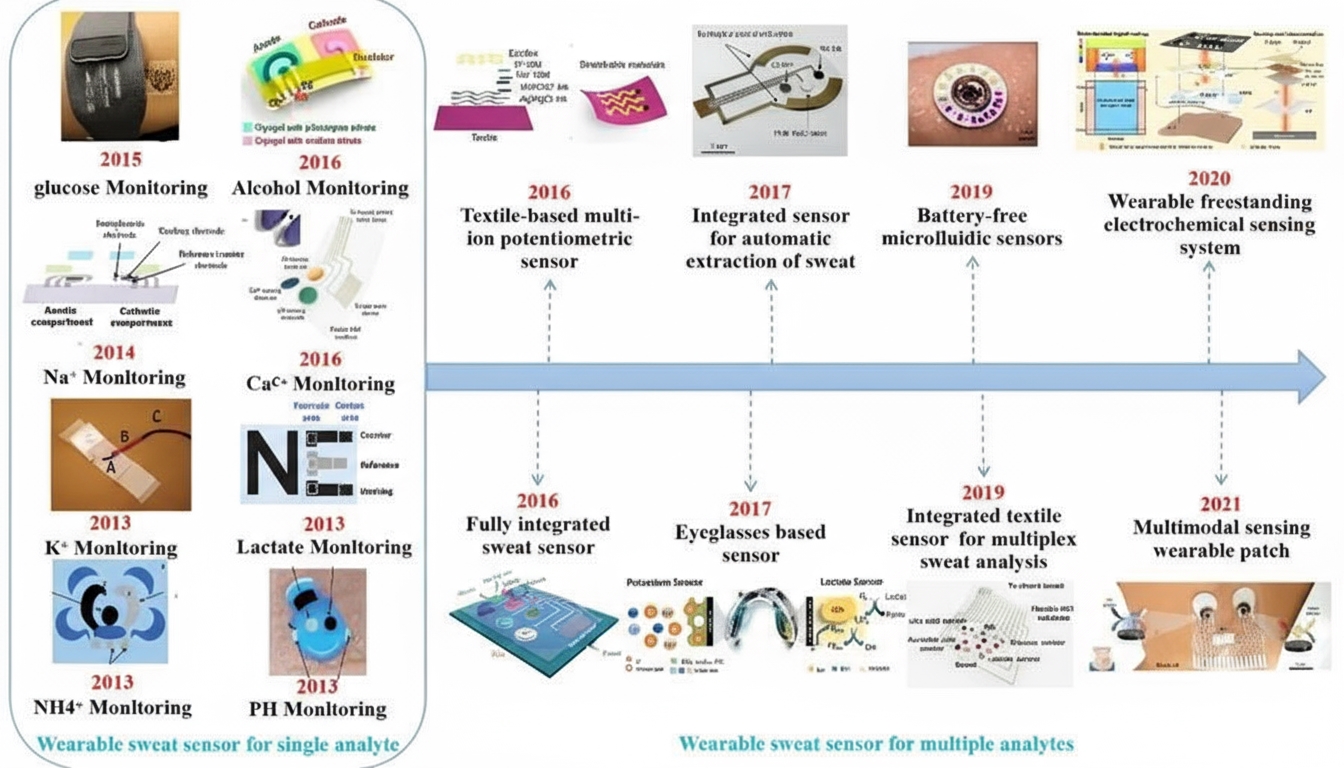
Timeline of wearable electrochemical sweat sensors for metabolites and electrolytes
Challenges and future directions
Finally, the researchers outline the advantages and potential of wearable electrochemical sweat sensors in biomedical sensing, and summarize challenges and possible future directions. Specific areas include further development of integrated multifunctional sweat analysis, improving reliability of sweat samples, developing more efficient energy harvesting and storage devices, detecting low-concentration analytes in sweat, and improving sweat induction and collection methods for sedentary environments.
Reference
Wearable and flexible electrochemical sensors for sweat analysis: a review
 ALLPCB
ALLPCB


